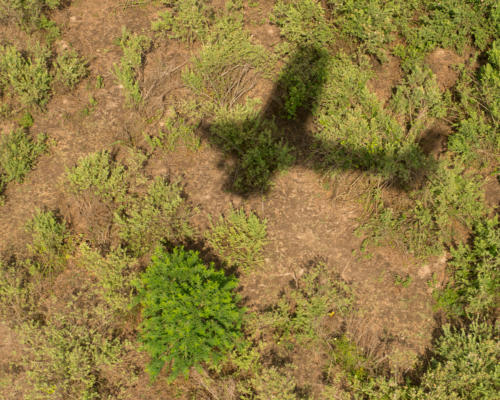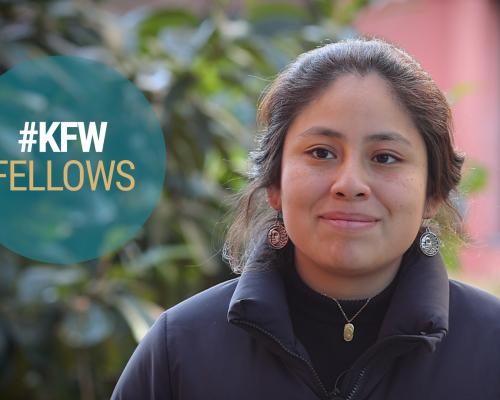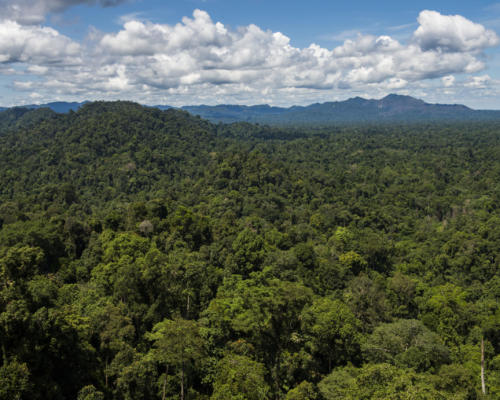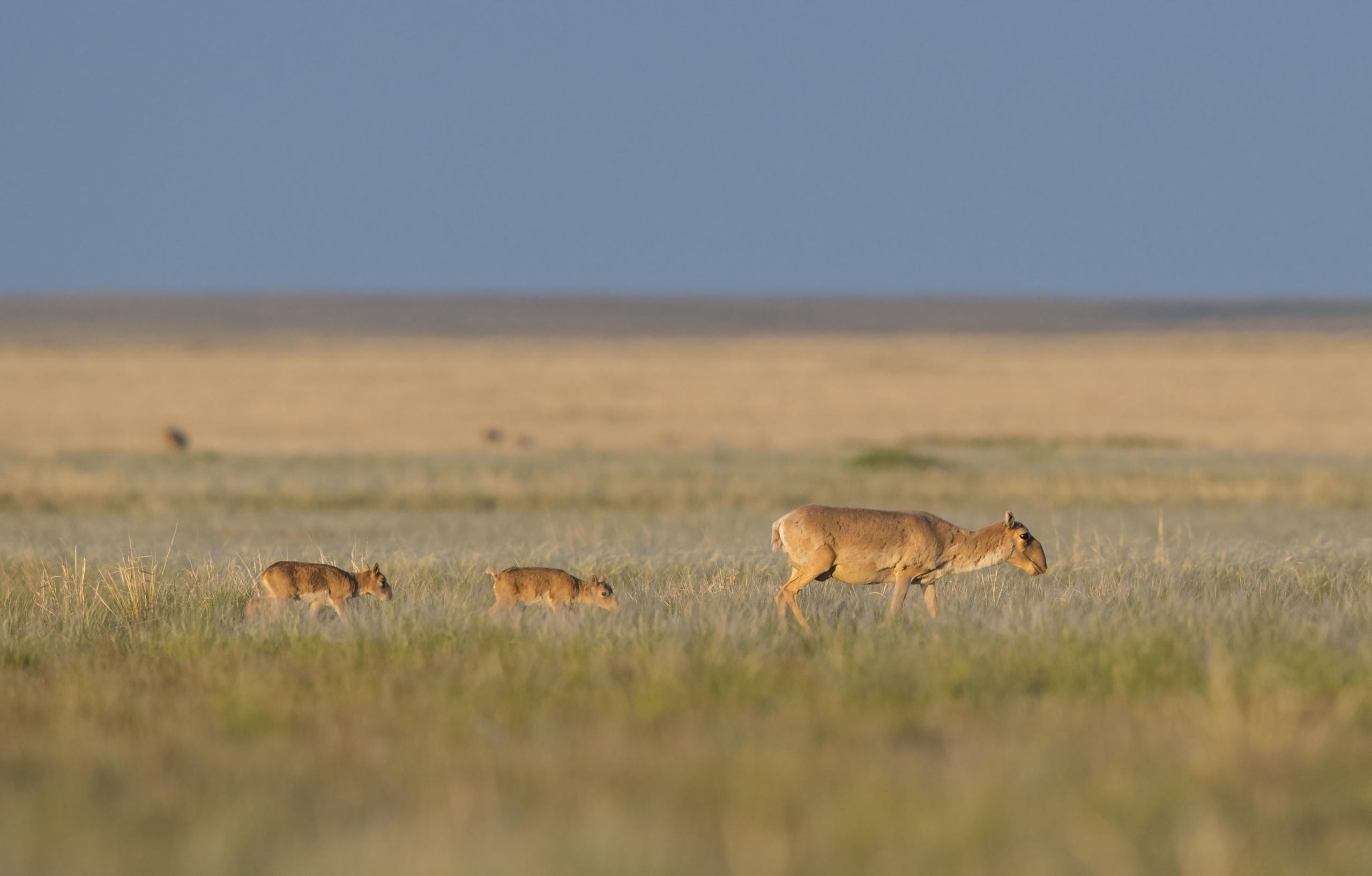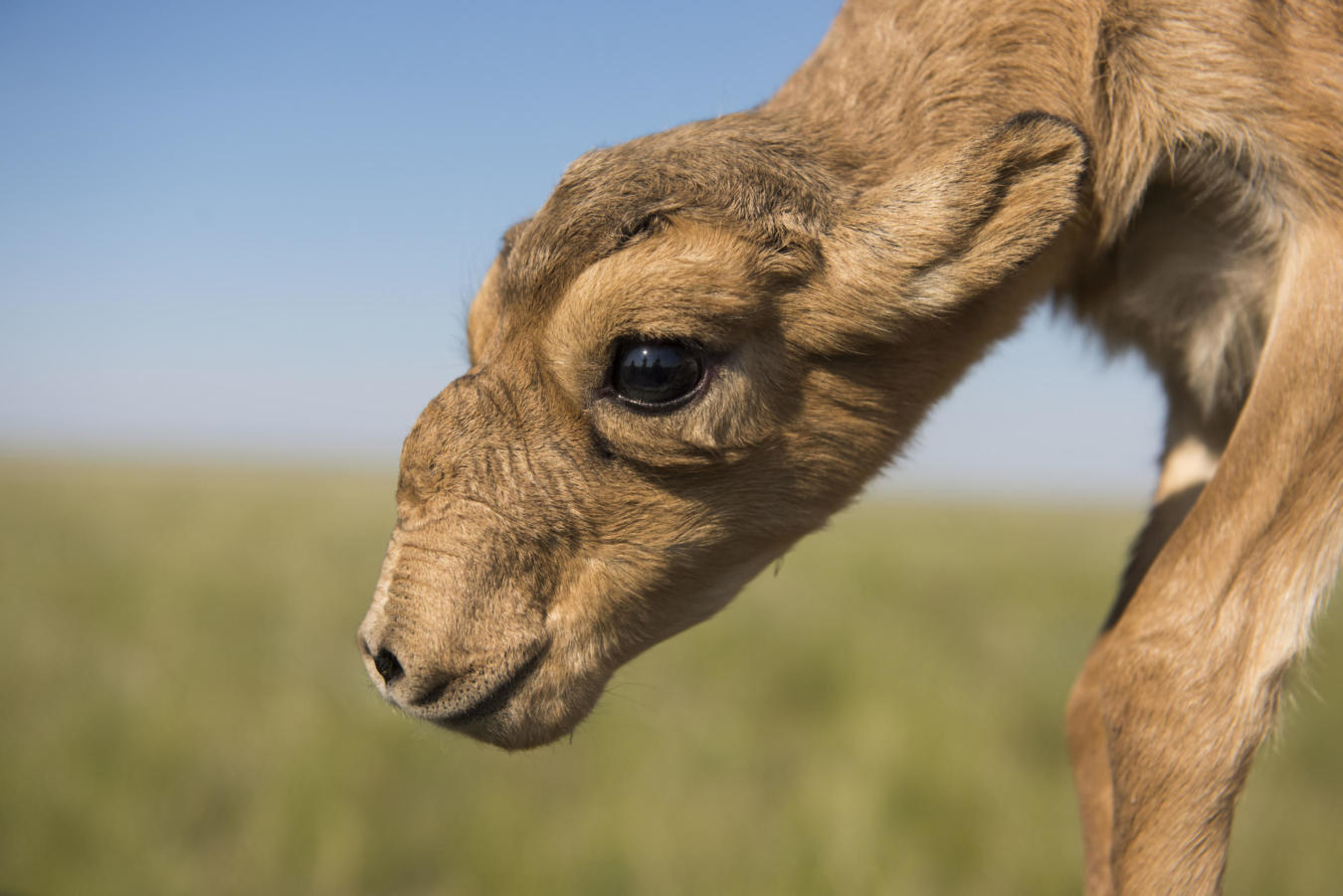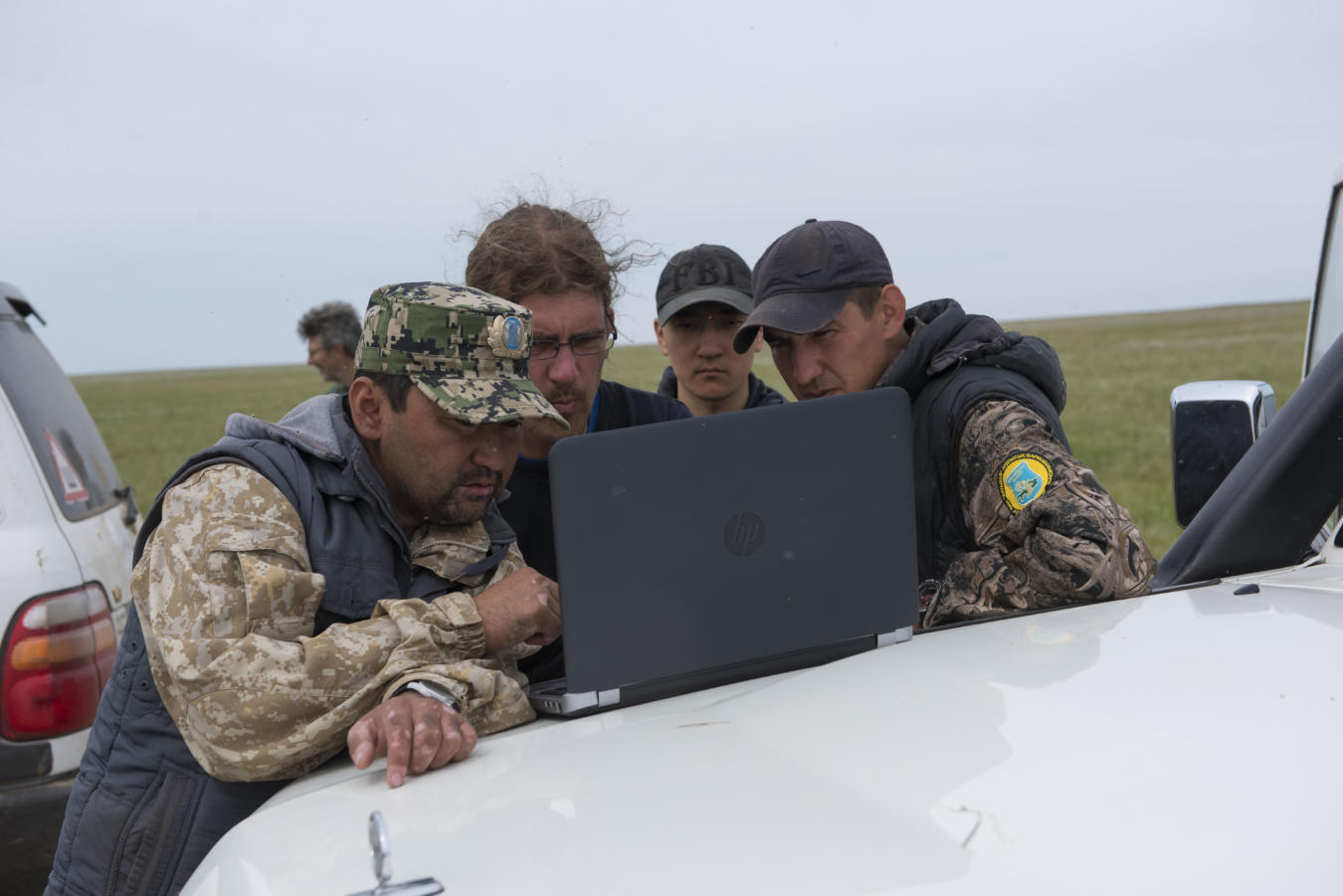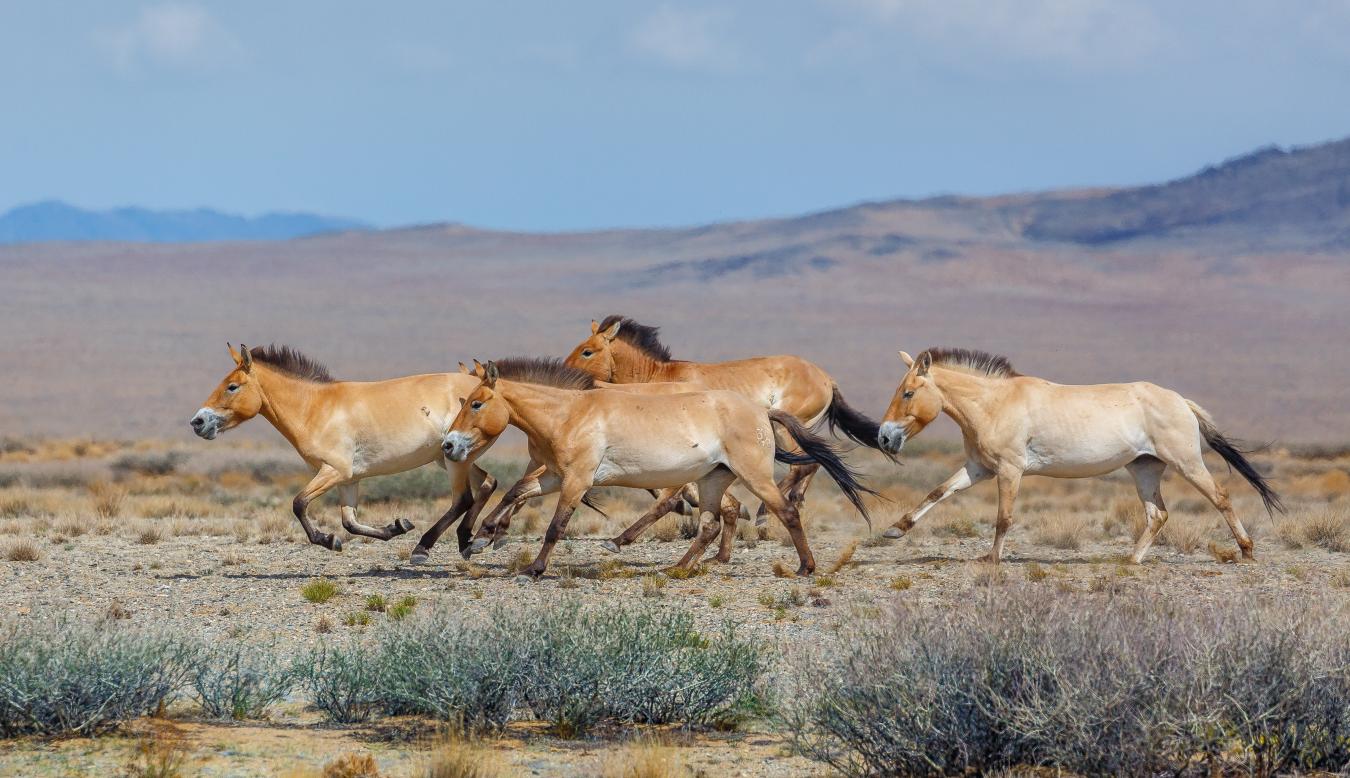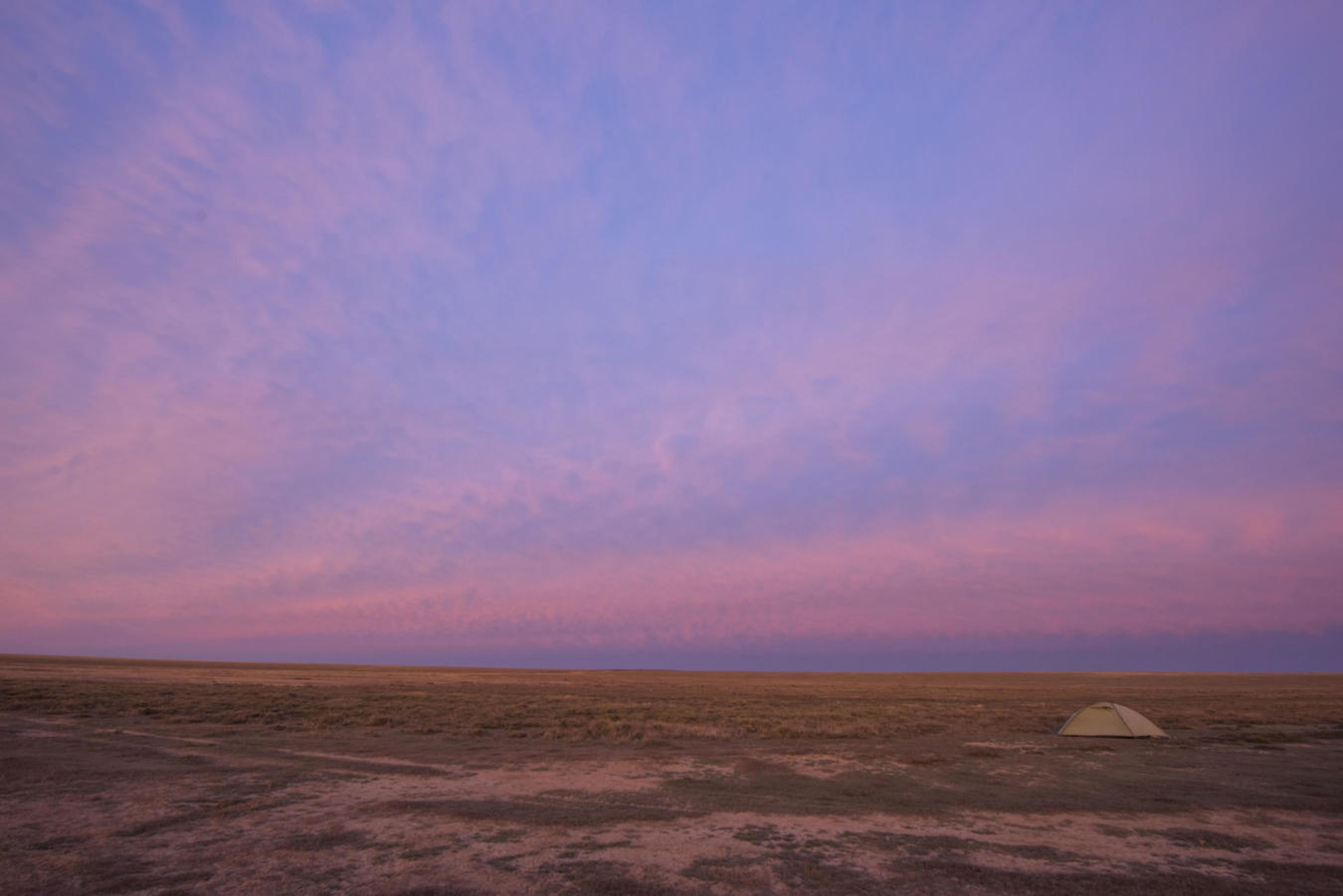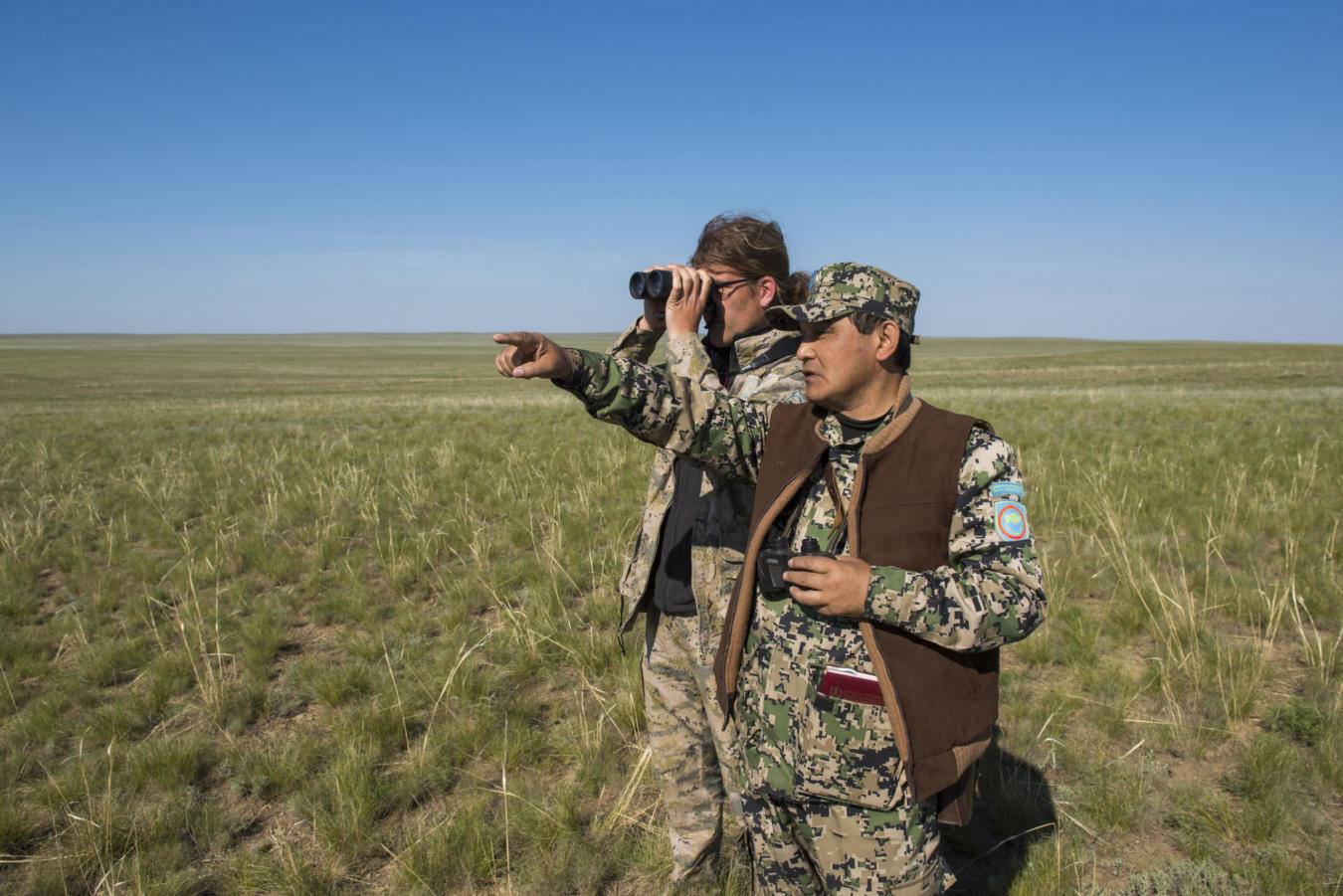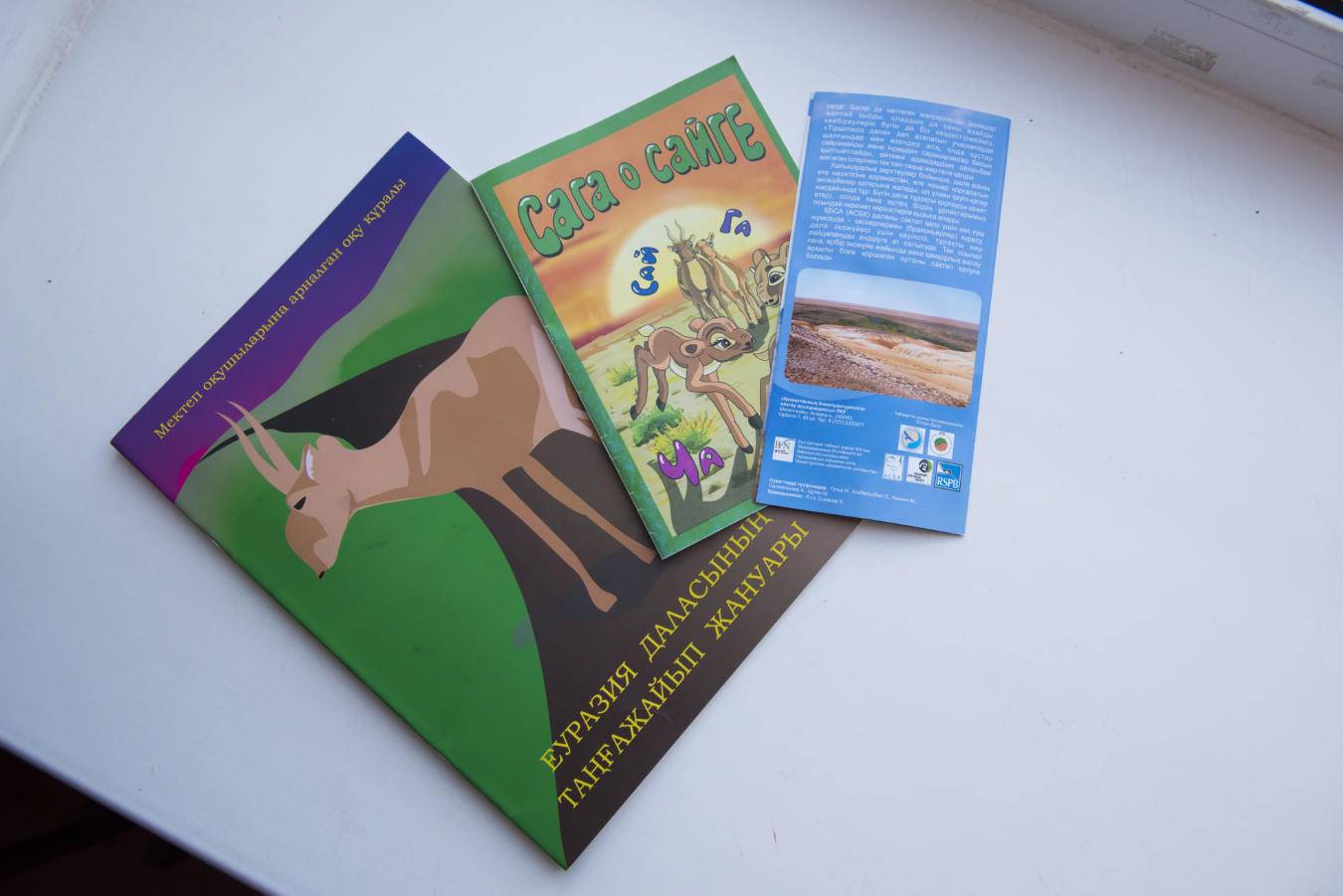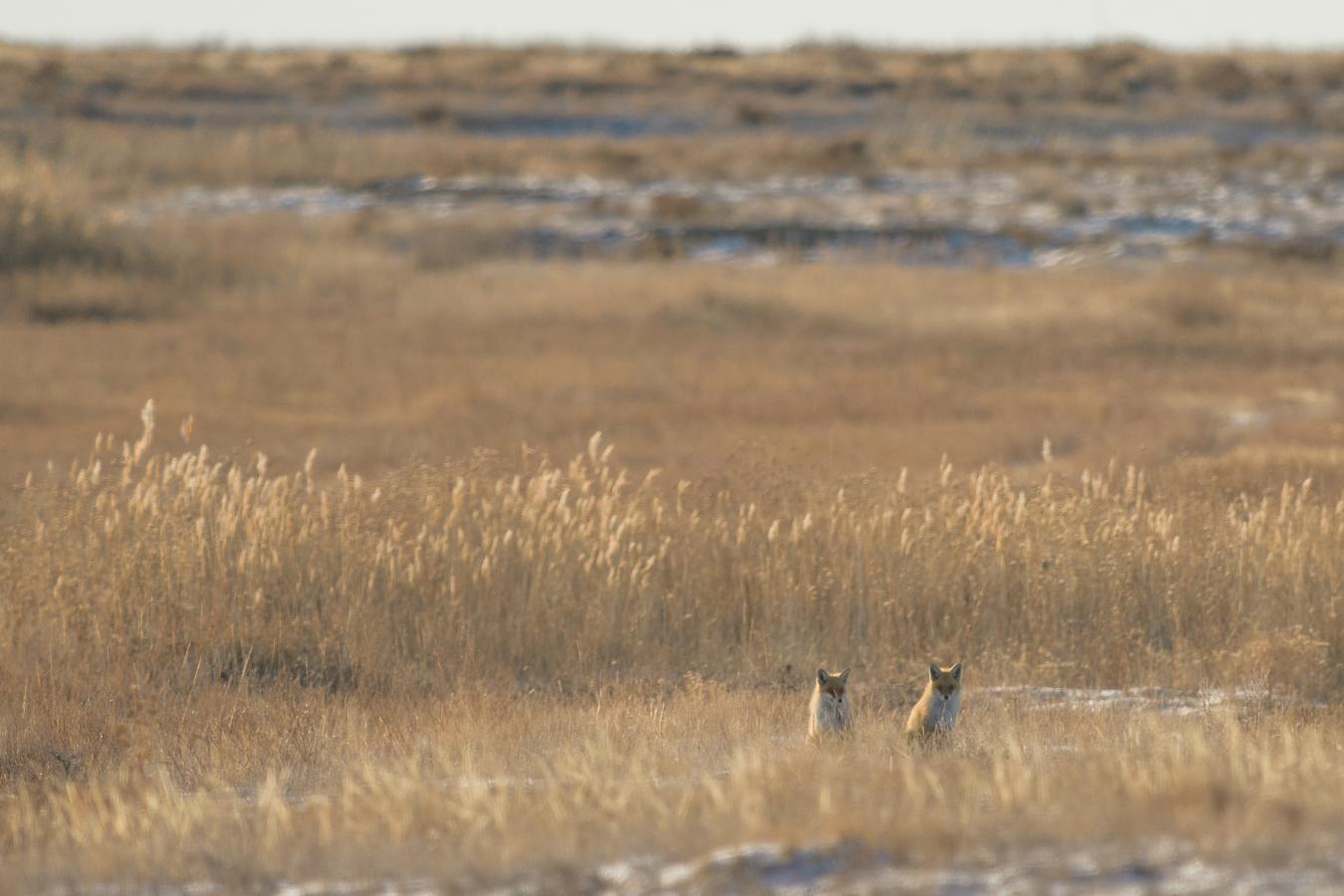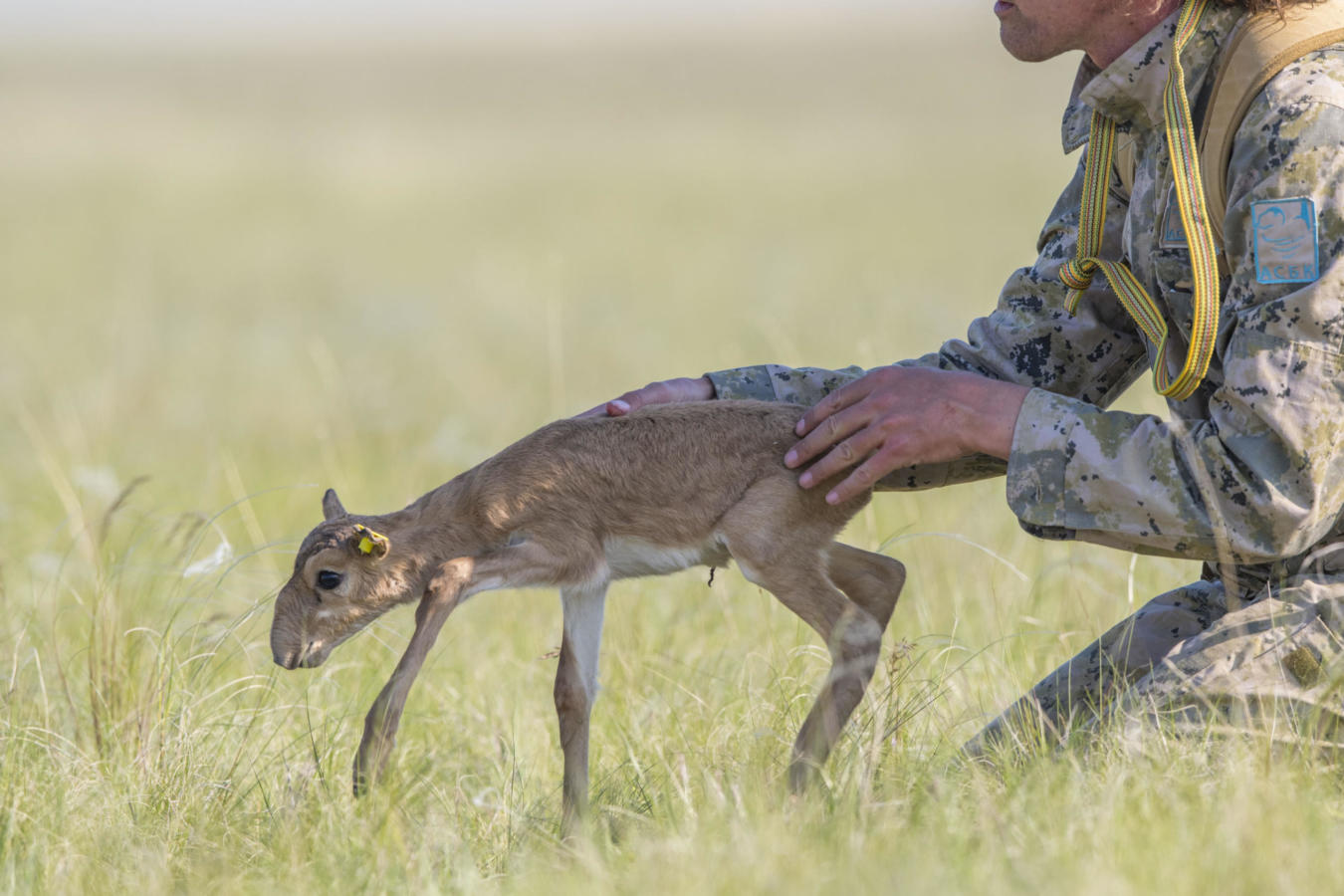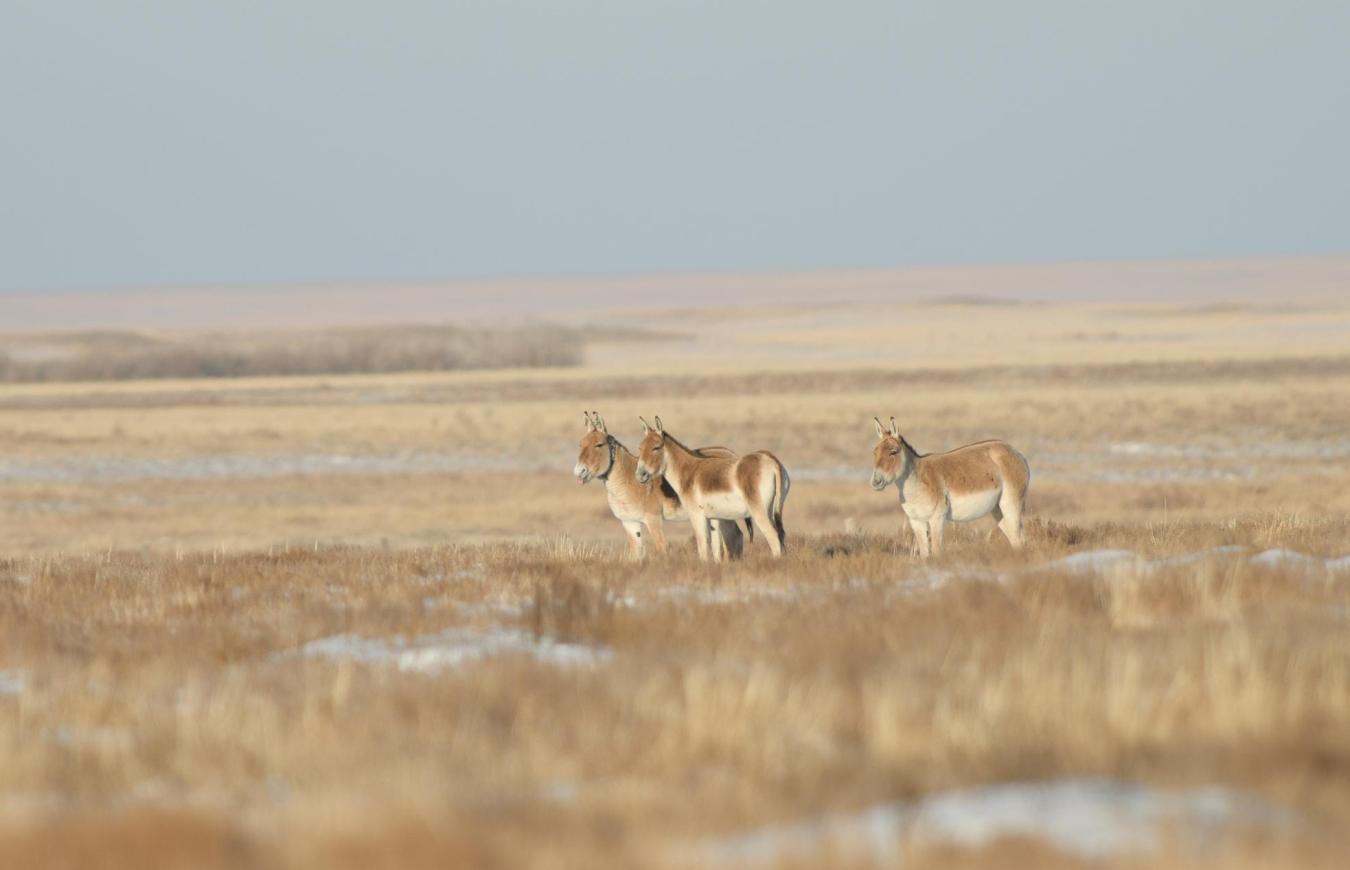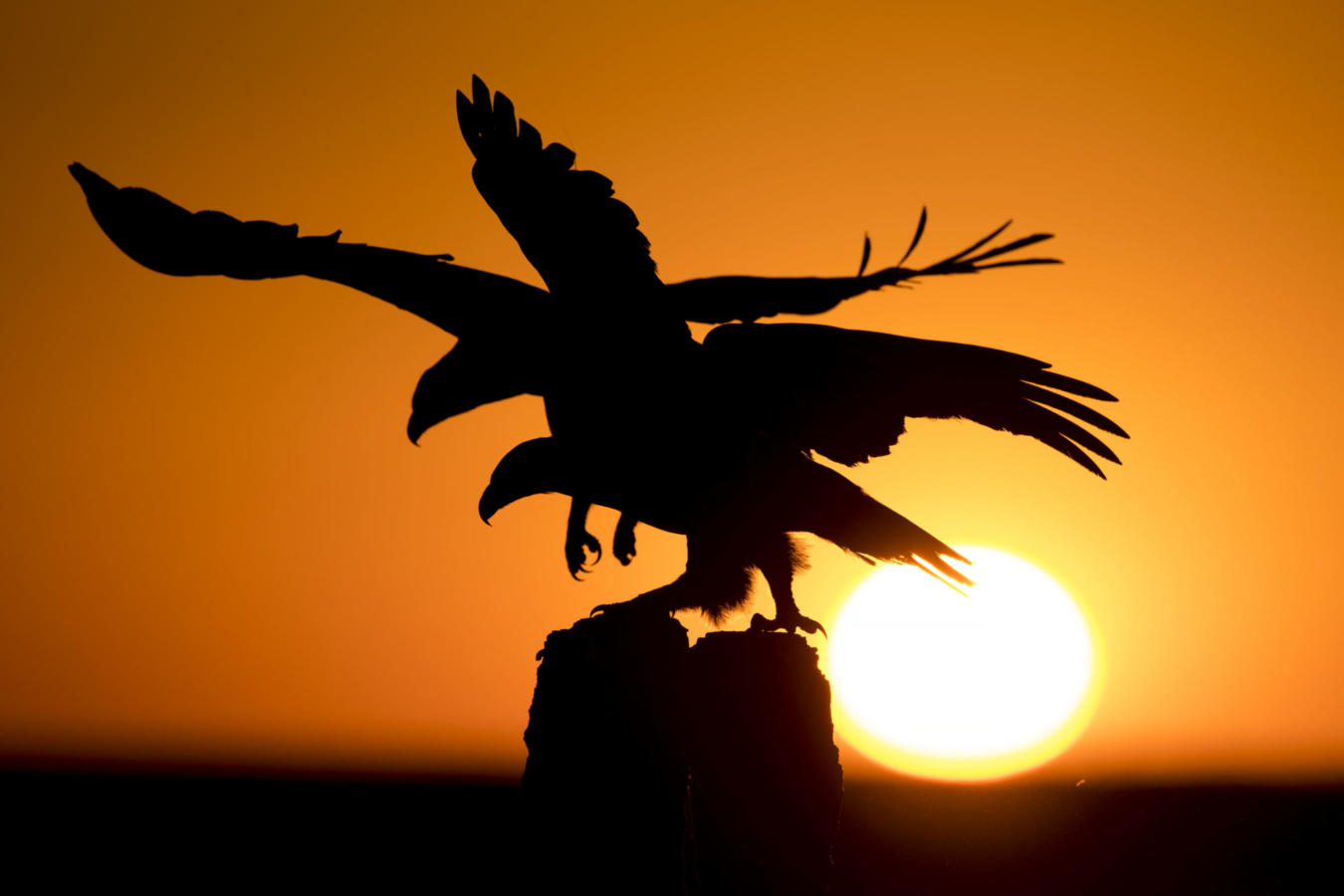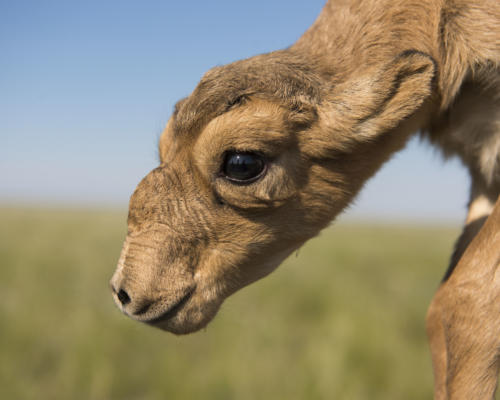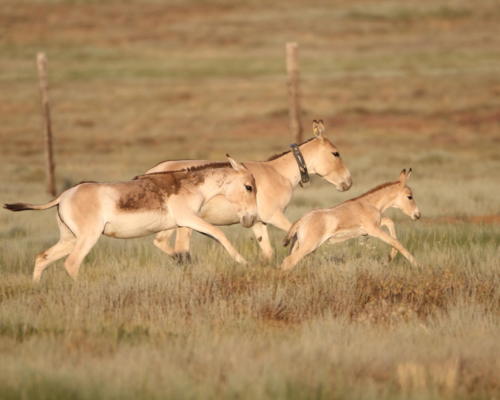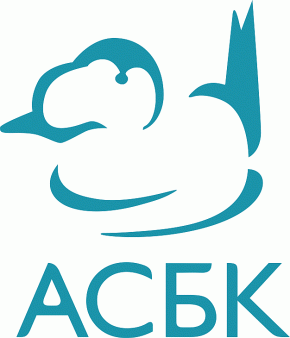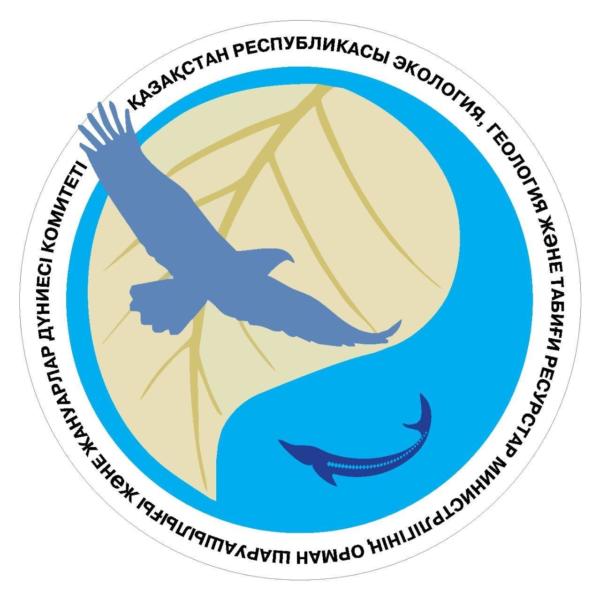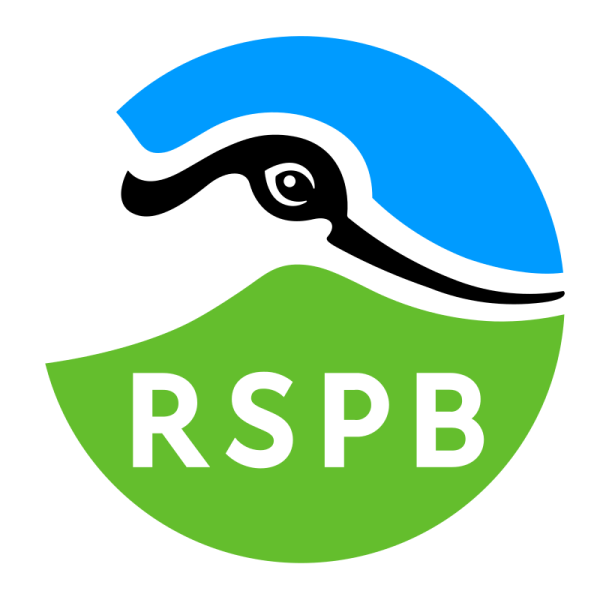Saiga Antelopes are down-listed from “Critically endangered” to “Near threatened” on the IUCN Red List of threatened species.
The Altyn Dala Conservation Initiative is a large-scale, long-term effort to preserve and enhance the grassland landscapes of Kazakhstan. Our vision is to reestablish fully functional ecosystems of the steppe, semi-desert, and desert at the historical range of the Kazakh saiga antelope spanning around 700,000 km², which is equal to twice the size of Germany.
Kazakhstan is home to some of the most under-protected biomes globally. These temperate grasslands, winter deserts, and semi-deserts support many endangered species and also feature extensive and important wetlands. Found nowhere else on earth at such scale and in such pristine conditions, these ecosystems allow for large herds of saiga antelope, over 90% of the global population, to complete their long annual migrations.
The large wetlands in the steppes and semi-desert, some of which are listed as UNESCO World Heritage sites, also provide key, globally important stop-over sites for up to 10 million migratory waterbirds a year; equal in importance to the Wadden Sea.
- Project: Altyn Dala Conservation Initiative
- Country: Kazakhstan
- Area Size: 700,000 km² (former range of the Saiga antelope)
- Project leader: Stephanie Ward
- Project start: 2006
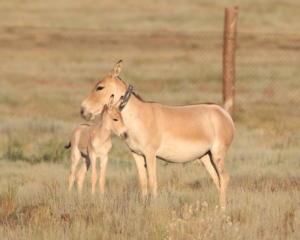
We are reintroducing two charismatic species to the Altyn Dala project area: Asiatic wild asses, called “Kulan” and Przewalski’s horses. Read more about this exciting mission!
Historically saigas have been hunted in Kazakhstan and were an important source of meat. Protecting the species from extinction requires us to work with local communities to promote the importance of the saiga and develop a culture of anti-poaching. FZS and partners regularly conduct seminars, meetings and workshops with the people who live in and around the saiga landscapes, and our ranger teams are comprised of members of the community who signed up to protect the saiga.
In 2010 FZS and partners initiated a network of “Friends of Saiga” clubs in settlements close to saiga habitats. To date, 10 clubs have been established: five in the range of the Ustyurt population, three in the Ural population and two in the Betpak-dala population. The clubs are mainly based in rural schools in remote areas where there is a low standard of living.
Unemployment pushes many inhabitants towards poaching and saigas are often targeted. The clubs teach the children the important role of each species, the peculiarities of the saiga in the steppe ecosystem, and the consequences that uncontrolled poaching of wildlife may have on the whole landscape.
A key part of our work is locating, mapping, justifying the designation and strengthening the management of the most suitable land conservation regimes for our focal areas. From gigantic migration corridors for saiga antelopes, to wetland sanctuaries to Important Bird Areas, FZS and partners work to map, fund and strengthen the efficiency of these areas to conserve biodiversity, and especially a contiguous landscape for saiga migration.
Our ecosystem monitoring work has played a central role in securing more space for wildlife in Kazakhstan. Since we began this work, 4 million hectares of steppe and semi-desert habitat has been protected formally by the government of Kazakhstan. In addition, 340,000 hectares of this habitat is now managed directly by us as the Alty Sai Eco-Park, which intersects with the ecological corridor.
There is still much work to be done on increasing and improving the protected area coverage in our target regions and we are hoping to see new protected areas and corridors established in both the Ural and the Ustyurt saiga populations in the near future. Currently neither one of these two important areas have any formal protection for key sites. It is hoped that the new PAs will add many hundreds of thousands of hectares to the formally designated areas in Kazakhstan that the Altyn Dala Conservation Initiative have been involved in creating.
FZS set up, and provides ongoing support, to three ranger groups patrolling in the 340,000 hectares EcoPark area within the Betpak Dala saiga population (the country’s central and largest population). There is also a mobile wildlife monitoring and public awareness team in the Ustyurt population. These teams are composed of local and regional wildlife experts. They patrol the huge areas of steppe and semi-desert used by the saigas.
SMART (Spatial Monitoring and Reporting Tool) technology is standard use as an anti-poaching tool and a way to monitor the condition of habitats and a diverse range of species. We provide the ranger teams with specialist equipment and training, such as emergency first aid and conflict mitigation, dash-cams, GPS devices, binoculars, uniforms and vehicles. We also extend support to state rangers of key protected areas through the provision of training and equipment aiming to facilitate a seamless system of protection for these landscapes across the patchwork of land management types.
After the collapse of the Soviet Union, the agricultural land that the steppe had been converted to was abandoned. Succession began and the steppes restored themselves, enabling steppe species like saiga, and communities of species like small mammals, ground-nesting birds such as larks and sociable lapwings, to recolonize.
Through extensive research and monitoring, FZS and partners understood that these species and habitats needed more space and better protection; a revelation much like Bernhard Grzimek’s after tracking the Serengeti’s great migration from the air 60 years ago. These studies laid the groundwork for securing protection for 4 million hectares of the landscape.
Our monitoring efforts in Kazakhstan bear many similarities with long-term work by FZS in the Serengeti. Since the start of the project we have taken advantage of these synergies; for example a site visit by experts from the Serengeti helped us to optimise our aerial survey methods. We continue to share knowledge and lessons learnt on these two great migrations.
FZS and partners run saiga safaris and birdwatching tours to the Betpak-Dala saiga range in the territory of the Alty-Sai Eco-Park. Alty Sai is comprised of two hunting areas leased by the Altyn Dala Conservation Initiative (ADCI) that are particularly important in terms of saiga calving and migration (340,000ha). No hunting is permitted here, instead they are model territories for wildlife protection and management. Tourism to Alty Sai is an important way to engage with the communities living nearest to the saigas, enabling the saiga spectacle to directly and positively impact the local rural economy, and is a means to help sustainably finance the Eco Park itself.
Several steppe species are threatened by extinction, the most well-known is the saiga antelope. Over the past few decades unsustainable hunting, and poaching to supply demand for saiga horn from the east – where it is used in traditional Chinese medicine – has pushed saiga numbers to a critical low. While more recently, two thirds of the global population was wiped out by a bacterial infection linked to abnormal weather conditions prior to the saiga calving season.
Combating poaching, addressing illegal wildlife trade, and mitigating human impact are some of the conservation measures FZS and partners take to conserve the diverse species range of the steppe. We also carry out targeted scientific research in order to guide our species conservation actions. Iconic species like Asiatic wild ass and Przewalski’s horse – formerly abundant in the Altyn Dala region – are being reintroduced to the grassland landscape to ensure it functions optimally.
FZS supports the Altyn Dala Conservation Initiative (ADCI) by providing international coordination and strategic leadership input to the wider partnership. FZS has a strong long-term supportive relationship with the Association for the Conservation of Biodiversity of Kazakhstan, who are the national NGO central to all the successes of ADCI. We help them specifically by providing core financing, equipment and technical assistance.
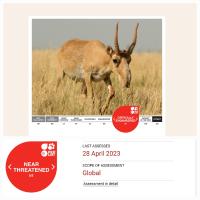
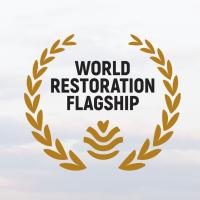
Altyn Dala is recognized as “World Restoration Flagship” by the UN Decade on Ecosystem Restoration.

Introduction of four more kulans from Altyn Emel to Altyn Dala.
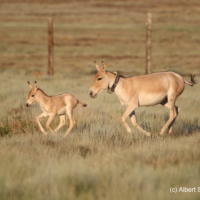
Birth of the second kulan foal.
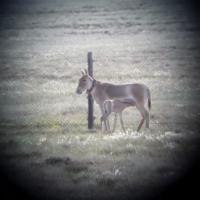
Birth of the first kulan in central Kazakhstan after almost 100 years.
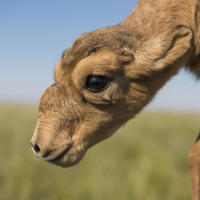
Results from a survey by the Government of Kazakhstan show that saiga antelope populations have bounced back, now at nearly a million animals.

Introduction of two more kulan from the Aral Sea to Altyn Dala.
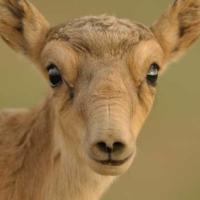
Kazakhstan’s saiga population bounces back to over 300,000 individuals after the mass die off.
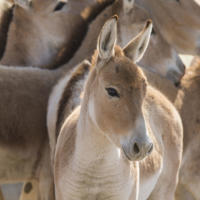
Reintroduction of the first cohort of nine kulan into Central Kazakhstan.
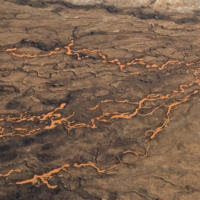
The Altyn Dala Conservation Initiative expands its focus to include Western Kazakhstan’s Ustyurt saiga population.
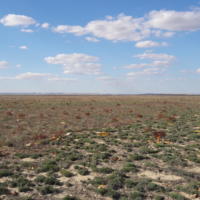
The Irgyz-Torgai State Nature Reserve was expanded by 409,962 ha to 1,173511 ha.
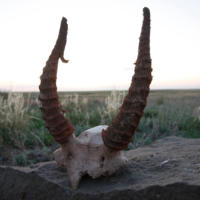
Betpak Dala saiga antelope mass die off caused ~60% of global population to collapse.
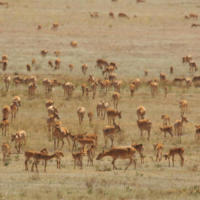
Establishment of the Yrgyz-Torgai-Zhylanshyk Ecological Corridor (~2 million ha).
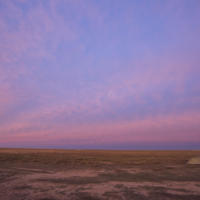
Establishment of the Altyn Dala State nature Reserve (489,766 ha).
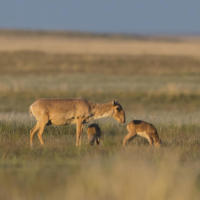
ACBK leased two hunting areas that were particularly important in terms of saiga calving and migration (340,000ha).
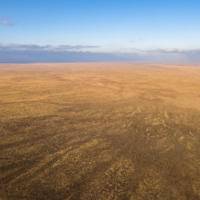
Expansion of the Korgalzhyn State Nature Reserve by 284,208 ha to 543,171 ha in total.
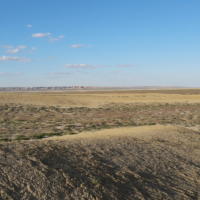
Establishment of the Irgyz-Torgai State Nature Reserve (763,549 ha).

The Altyn Dala Conservation Initiative was co-founded by FZS. FZS supports anti-poaching work in Kazakhstan through ADCI.
The Altyn Dala Conservation Initiative is spearheaded by the Association for the Conservation of Biodiversity of Kazakhstan with financial and technical support from Fauna & Flora, Frankfurt Zoological Society, the Royal Society for the Protection of Birds, and in partnership with the Kazakh government’s Committee for Forestry and Wildlife, part of the Ministry of Ecology, Geology and Natural Resources.
The saiga antelope are among the only living beings to have run freely amongst both Neanderthal humans and the humans of the 21st century. We owe it to our collective heritage to protect them!






